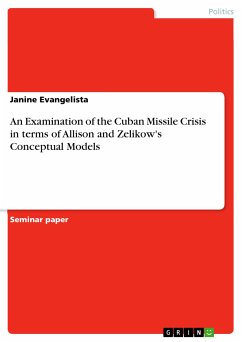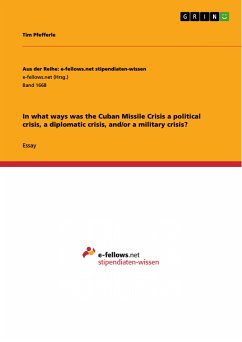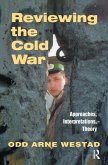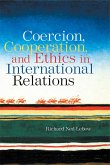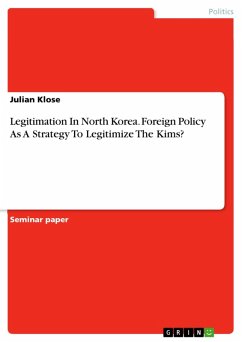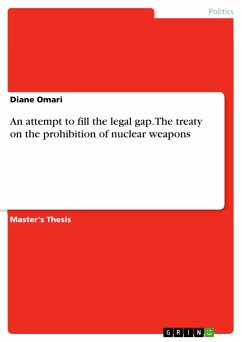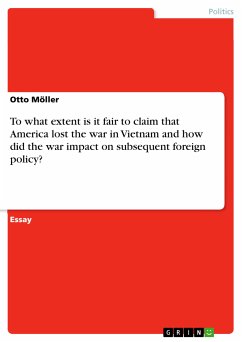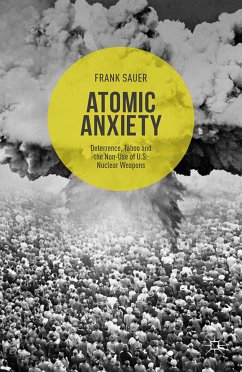Seminar paper from the year 2018 in the subject Politics - General and Theories of International Politics, grade: 1,3, University of Lisbon (Faculty of Social and Human Sciences), course: North American Policy, language: English, abstract: The Cuban Missile Crisis symbolizes a real showdown between two superpowers - the United States and the Soviet Union. Until today, the puzzling events occurred in the crisis prompt numerous questions, particularly in the scientific area. This research paper, therefore, aims the conduction of illustrating the main happenings during the crisis in order to be able to analyze them by using the three Conceptual Models developed by Graham T. Allison and Philip Zelikow. Allison and Zelikow use these models to give an adequate explanation of how the process of decision-making proceeds, taking the crisis as a case study and answering three main questions: Why did the Soviet Union decide to place offensive missiles in Cuba? Why did the United States respond to the missile deployment with a blockade? Why did the Soviet Union withdraw the missiles? For a better evaluation, this research paper thus, contextualizes firstly the Cuban Missile Crisis by explicating occurrences in the Cold War. Secondly, the suspenseful thirteen days during the Cuban Missile Crisis will be illuminated. Thirdly, in the last chapter, the models are outlined and used to answer the three puzzling questions stated above.
Dieser Download kann aus rechtlichen Gründen nur mit Rechnungsadresse in A, B, BG, CY, CZ, D, DK, EW, E, FIN, F, GR, HR, H, IRL, I, LT, L, LR, M, NL, PL, P, R, S, SLO, SK ausgeliefert werden.

